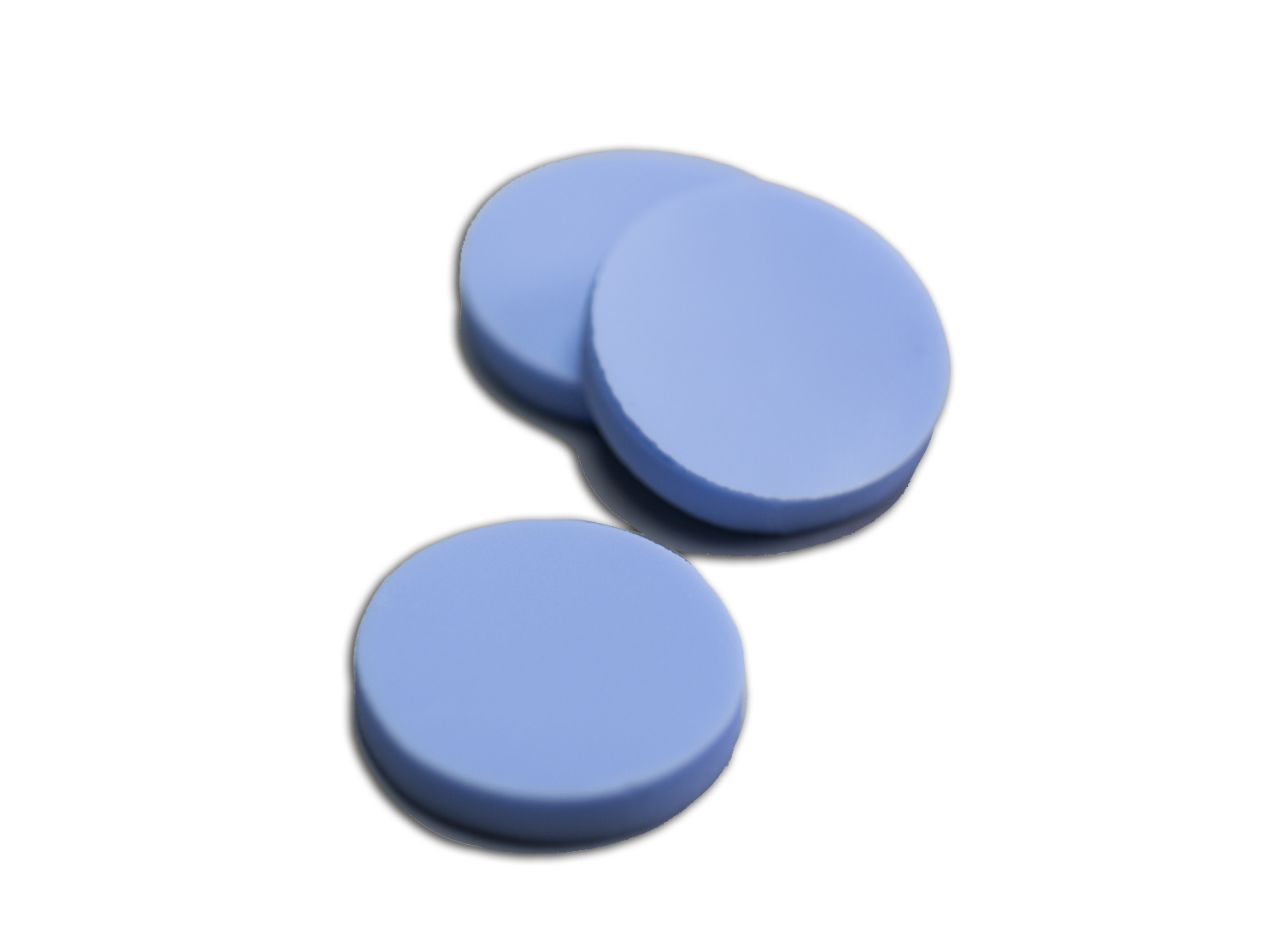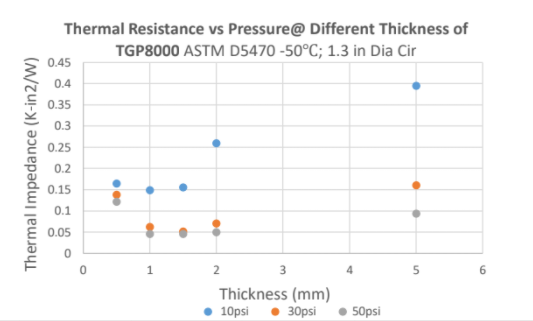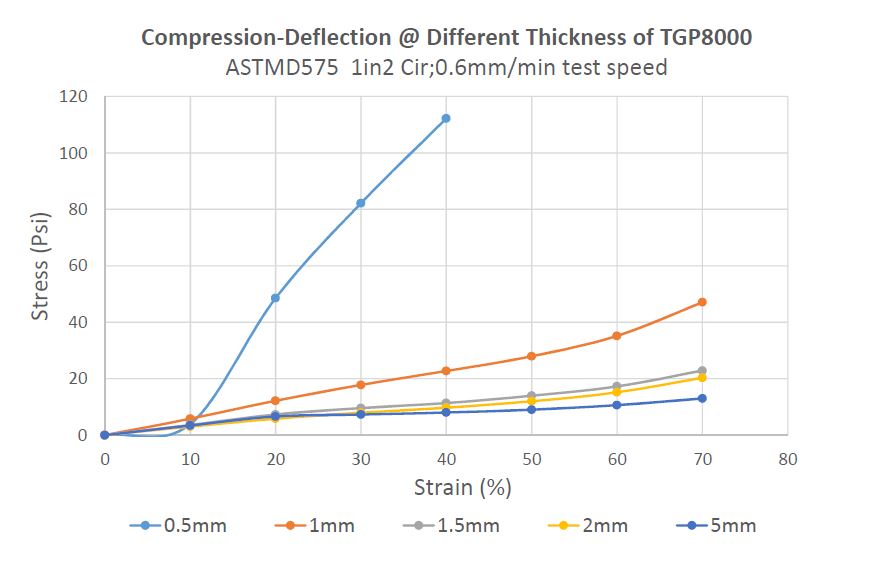TGP 8000 | Thermal Gap Pad
- 0.2 Thermal Impedance
- 8.0 Thermal Conductivity
- Low oil bleeding/Outgassing
Product Description
Honeywell's TGP8000 Thermal Gap Pads (TGP) provide high thermal performance with ease of use across a multitude of applications. Its ultra-high compressibility enables low stress and excellent conformity to mating surfaces. They are designed to minimize thermal resistance at interfaces, and maintain excellent performance through reliability testing. They have the lowest Thermal impedance out of the entire thermal gap pad portfolio, only to be matched by TGP8000HV that is a similar material with Higher Breakdown Voltage.
Honeywell's TGP8000 is naturally tacky, and requires no additional adhesive which could inhibit thermal performance. It exhibits low oil bleeding and outgassing along with low hardness. Naturally, the bleeding will depend on the pressure differential. A 0.5mm pad can be compressed to fill sub-0.4 mm gaps.
Products are available in a thickness range from 0.5mm to 5.0mm.
Technical Specifications
| General Properties | |
| Color Color The color | Gray |
| Film Thickness Film Thickness Film thickness is the thickness of a backing film without taking into account any coatings or adhesive layers. It is measured in micron and the conversion factor to mil is 0.039. | 0.5 - 5 mm |
| Specific Gravity Specific Gravity Specific gravity (SG) is the ratio of the density of a substance to the density of a reference substance; equivalently, it is the ratio of the mass of a substance to the mass of a reference substance for the same given volume. For liquids, the reference substance is almost always water (1), while for gases, it is air (1.18) at room temperature. Specific gravity is unitless. | 3.4 |
| Thermal Properties | |
| Thermal Conductivity Thermal Conductivity Thermal conductivity describes the ability of a material to conduct heat. It is required by power packages in order to dissipate heat and maintain stable electrical performance. Thermal conductivity units are [W/(m K)] in the SI system and [Btu/(hr ft °F)] in the Imperial system. | 8.0 W/m.K |
| Thermal Impedance | 0.2 °C·cm²/W |
| UL 94 Rating UL 94 Rating Flammability rating classification. It determines how fast a material burns or extinguishes once it is ignited. HB: slow burning on a horizontal specimen; burning rate less than 76 mm/min for thickness less than 3 mm or burning stops before 100 mm V-2: burning stops within 30 seconds on a vertical specimen; drips of flaming particles are allowed. V-1: burning stops within 30 seconds on a vertical specimen; drips of particles allowed as long as they are not inflamed. V-0: burning stops within 10 seconds on a vertical specimen; drips of particles allowed as long as they are not inflamed. 5VB: burning stops within 60 seconds on a vertical specimen; no drips allowed; plaque specimens may develop a hole. 5VA: burning stops within 60 seconds on a vertical specimen; no drips allowed; plaque specimens may not develop a hole | V-0 |
| Electrical Properties | |
| Volume Resistivity Volume Resistivity Volume resistivity, also called volume resistance, bulk resistance or bulk resistivity is a thickness dependent measurement of the resistivity of a material perpendicular to the plane of the surface. | 6.5x1015 Ohms⋅cm |





